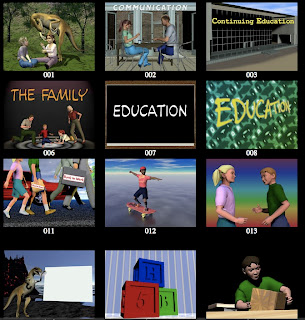
Still part of the "4kids" series,
"biology4kids" delivers concepts in biology in a language easy to understand by students at the end of elementary school. Unlike the other ones, this one starts with the scientific method, reasoning in science, experimental evidence, logical reasoning, deductive reasoning and inductive reasoning. This content is interesting, but it is a bit surprising to see it only in the biology unit.
The content of the biology website is very well layed-out with many pictures to enhance students understanding of the concepts. The content includes taxonomy, the kingdoms, labels and naming, relationship between organisms (commensalisms, competition, mutualism, parasitism, predator-prey), animal and plant cells, organelles, cell functions, osmosis, passive transport, active transport, mitosis, microorganisms, microscopes, prokaryotes, eukaryotes, fungus, photosynthesis, plant structure, invertebrates, arthropods, vertebrates, mammals, systems as well as some human anatomy and physiology. For each section, there is a quiz for student to check their understanding of the concepts. There is also a slideshow for some sections presenting many pictures with comments. A great introduction to biology!



















































